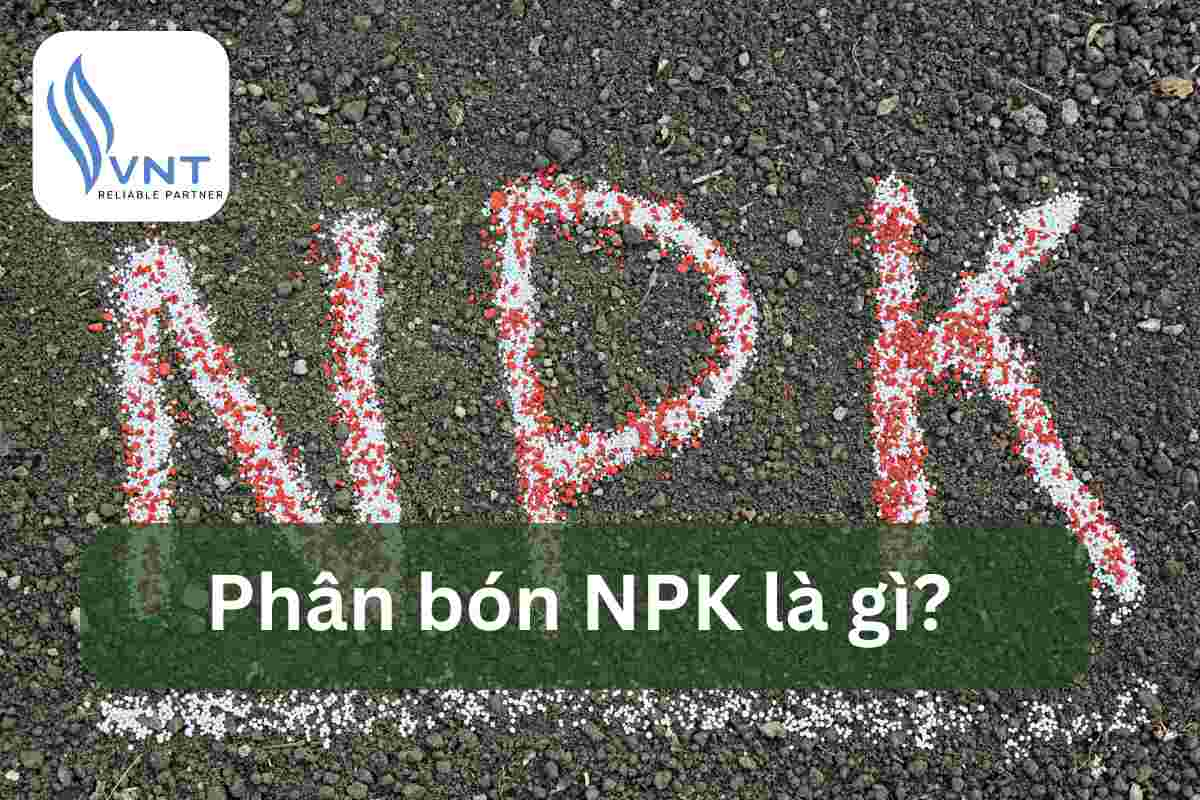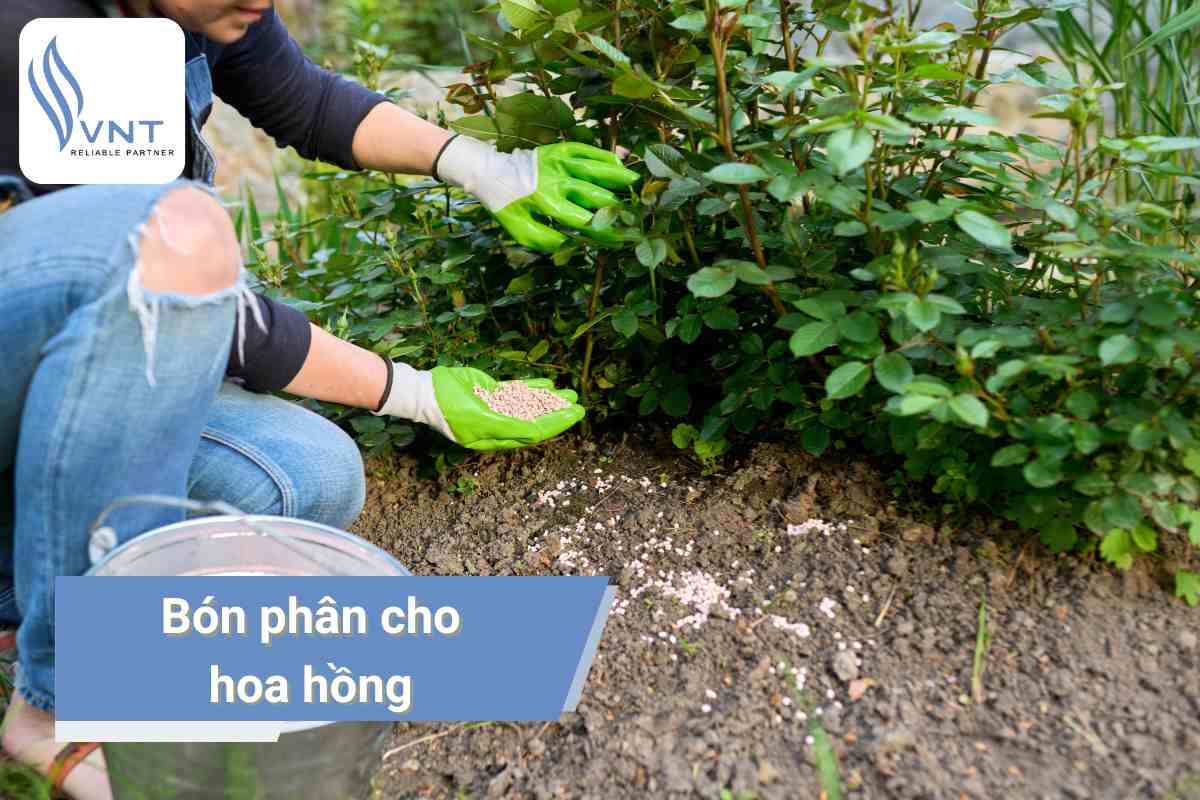[Q&A] How Long After Applying NPK Fertilizer Can You Eat Vegetables?
How long after applying NPK fertilizer can vegetables be safely consumed? Using NPK fertilizer is one of the essential techniques in modern agriculture. Let’s explore this topic in more depth with VNT Fertilizer in the article below.
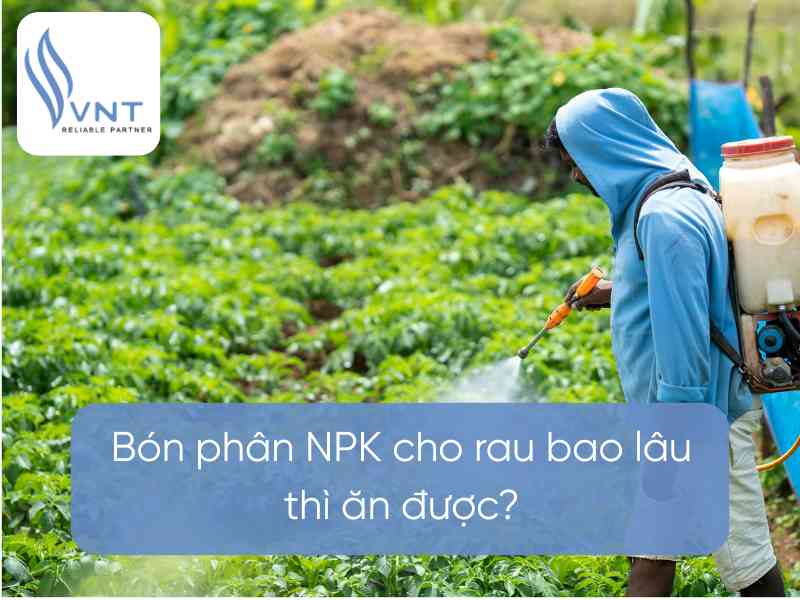
How Long After Applying NPK Fertilizer Can You Eat Vegetables?
How Long After Applying NPK Fertilizer Can You Eat Vegetables?
The minimum waiting period before consuming vegetables after applying NPK fertilizer is a crucial factor to consider. In reality, this period is not just a standard 15 days—it also depends on several other factors.
To better understand the issue, let’s review the basics:
- Definition of NPK: NPK fertilizer is a synthetic fertilizer containing Nitrogen (N), Phosphorus (P), and Potassium (K), which helps plants grow quickly by providing immediate nutrients. However, during absorption, plants may accumulate nitrates.
- Vegetable Absorption Rates: Each type of vegetable absorbs nutrients differently. Leafy greens like lettuce and Malabar spinach tend to accumulate more nitrates. Experts recommend a waiting period of 15 to 25 days for such vegetables, especially when using high doses.
- Weather Conditions: Rain or sun significantly affects fertilizer absorption. In prolonged rainy conditions, vegetables may absorb excess nitrates, increasing the risk of toxicity. Therefore, pay attention to the weather during cultivation.
- Application Method: Liquid and granular fertilizers have different dissolution and absorption times. Liquid forms are absorbed more quickly but still require time for nitrate breakdown. Proper application timing is key.
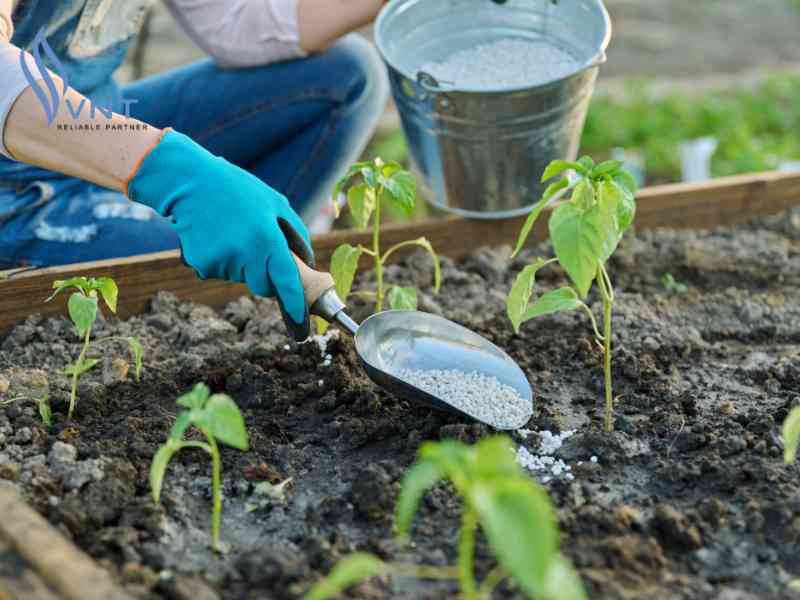
Time to fertilize vegetables with NPK fertilizer
Factors Affecting the Safe Consumption Time After NPK Application
Several factors influence the safe interval between fertilizing and harvesting vegetables. Let’s explore them:
Type of Vegetables:
- Leafy greens: absorb nutrients quickly but accumulate nitrates easily. Waiting time: 15–25 days.
- Root vegetables and fruits: generally safer sooner due to better nitrate elimination.
Fertilizer Dosage:
- Low dose: harvesting may be safe after 15 days.
- High dose: wait at least 20–25 days.
Environmental Conditions:
- Humid weather: may require a longer waiting time.
- Dry weather: shorter waiting time, as nutrient uptake slows.
Fertilization Method:
- Liquid vs. Granular: Liquid is absorbed faster but still needs time for nitrate release.
- Direct vs. Indirect: Direct application speeds absorption but increases nitrate buildup risk.
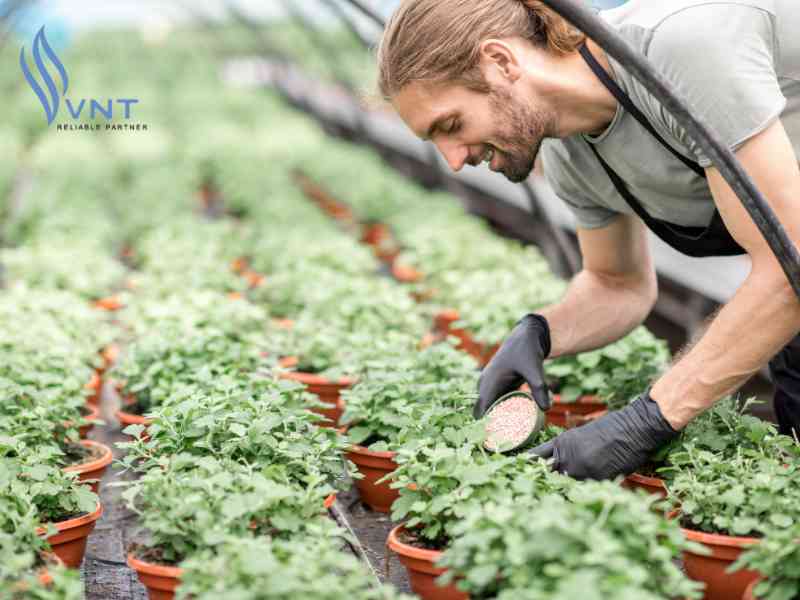
Factors Affecting the Safe Consumption Time After NPK Application
Why You Should Wait After Applying NPK Fertilizer
The waiting period after NPK fertilization is vital not just for health but also for product quality. Here’s why:
- Reduce Risk of Food Poisoning: Nitrate can convert to nitrite, which may cause health issues like anemia if not properly metabolized.
- Ensure Vegetable Quality: Waiting helps vegetables reach peak freshness and taste with better nutritional value.
- Complete Fertilizer Breakdown: Allows the fertilizer to fully dissolve and reduce residues in the produce.
- Protect Family Health: Following the waiting period helps keep your family safe from potential foodborne toxins.
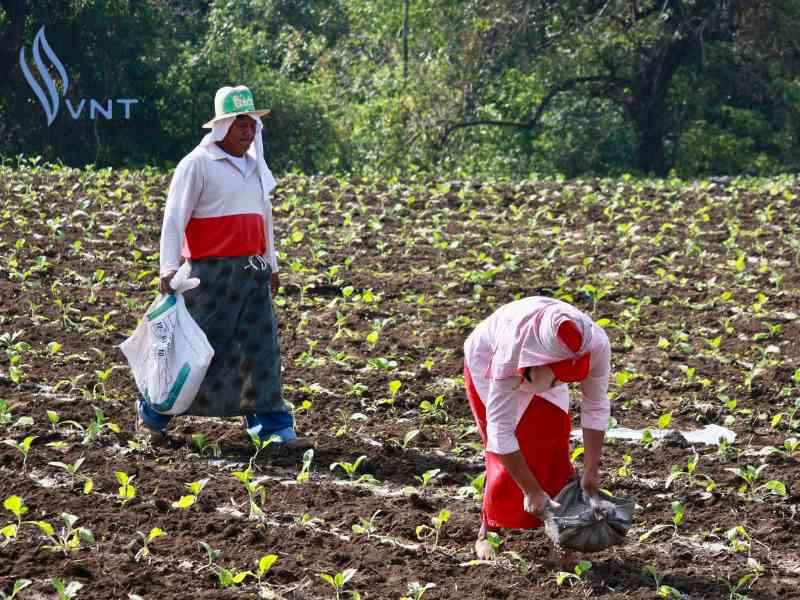
Why You Should Wait After Applying NPK Fertilizer
Farmers’ Real-Life Experience With NPK Fertilization and Harvest Timing
Farmers' practical insights offer a realistic view of post-fertilization waiting times. Here are a few key takeaways:
- Typical Waiting Time: Many farmers wait at least 20 days after fertilizing leafy greens like cabbage or Malabar spinach, believing this minimizes nitrate accumulation.
- Weather Adaptation: In dry weather, they might harvest after 15 days. In rainy periods, they extend the wait.
- Monitoring Vegetable Condition: Some farmers monitor leaf color and taste to decide when to harvest. Past 20 days, some greens may lose palatability.
- Recordkeeping: Tracking fertilizer and harvest dates improves planning and enhances yield and quality in future crops.
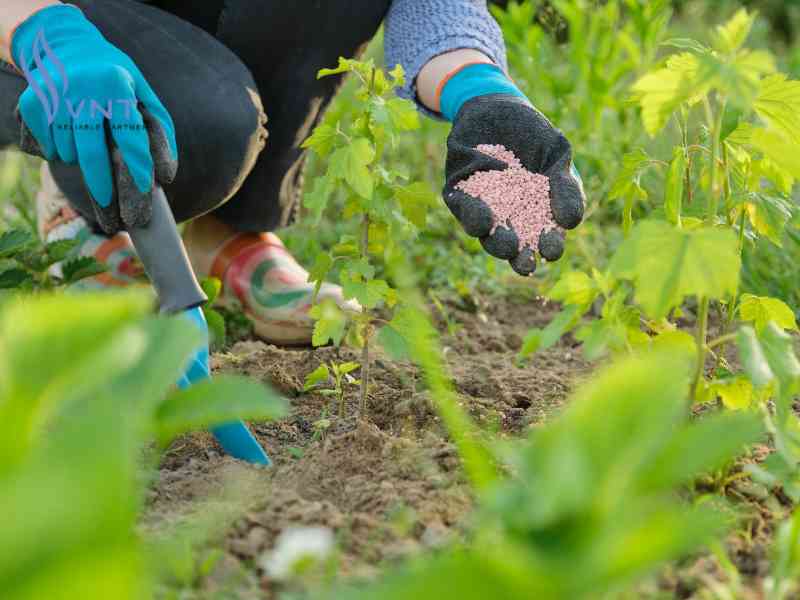
Farmers’ Real-Life Experience With NPK Fertilization and Harvest Timing
Vegetables That Should Not Be Fertilized With NPK Shortly Before Harvest
Certain sensitive vegetables that easily absorb nitrates should not be fertilized shortly before harvest. These include:
- Lettuce: Very nitrate-prone. Requires at least 20–25 days waiting.
- Watercress: Grows fast but can carry toxins.
- Water Spinach: Healthy, but prone to nitrate buildup if not properly timed.
- Amaranth (Malabar spinach): Requires a 20-day post-fertilizer waiting period to be safe.
If you plan to grow these vegetables, be sure to carefully manage fertilization and harvest timing.
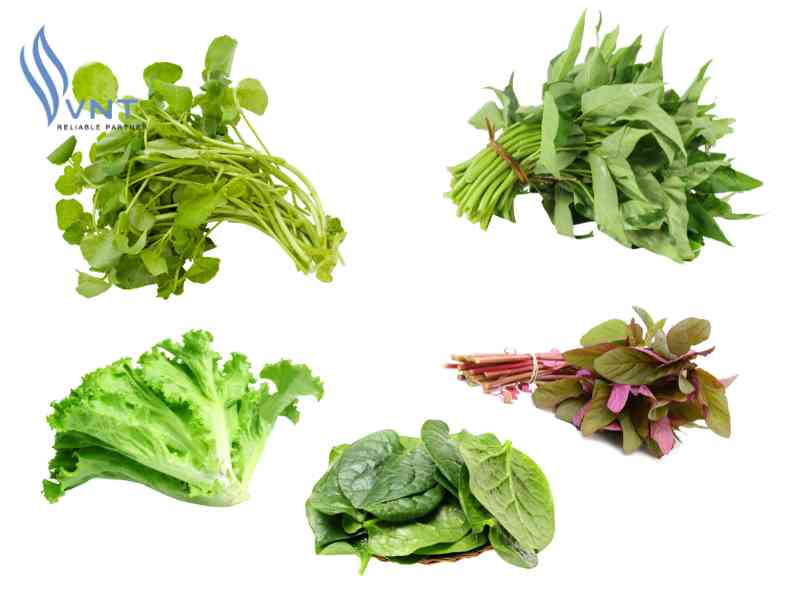
Vegetables That Should Not Be Fertilized With NPK Shortly Before Harvest
How to Know If Vegetables Are Safe to Harvest After NPK Fertilization
To determine whether vegetables are ready for safe consumption after NPK application, look for these signs:
- Color: Bright, natural-looking vegetables are usually safe. Nitrate levels often drop as colors improve.
- Taste: A fresh, mild taste is a good indicator. Bitter or odd flavors may mean it’s not ready.
- Size: Fully grown vegetables are more likely to be safe.
- Minimum Time: Ensure at least 15 days have passed—especially important for sensitive vegetables.
- Practical Testing: If unsure, try harvesting a small amount for tasting. If it’s fine, proceed with the rest.
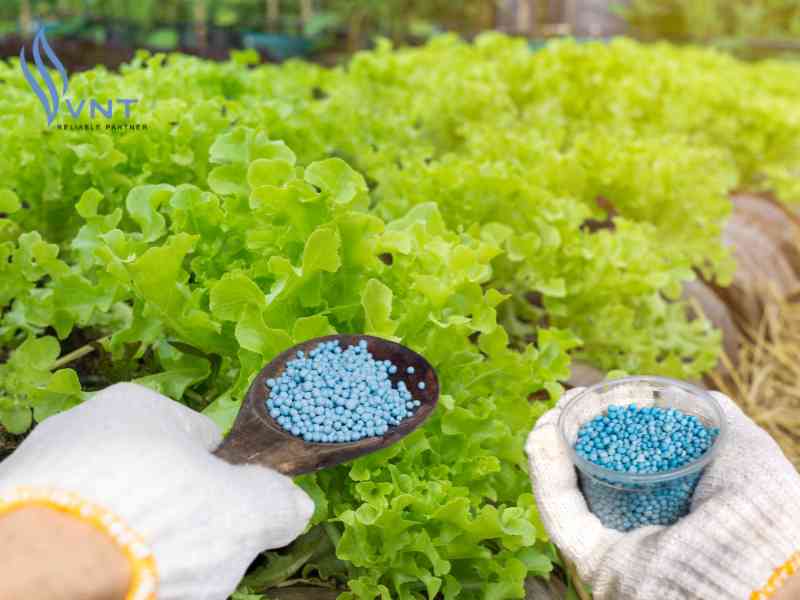
How to Know If Vegetables Are Safe to Harvest After NPK Fertilization
Conclusion
How long after applying NPK fertilizer can you eat vegetables? While fertilizing vegetables is essential, the post-application waiting period must not be overlooked. It significantly impacts both product quality and consumer health.



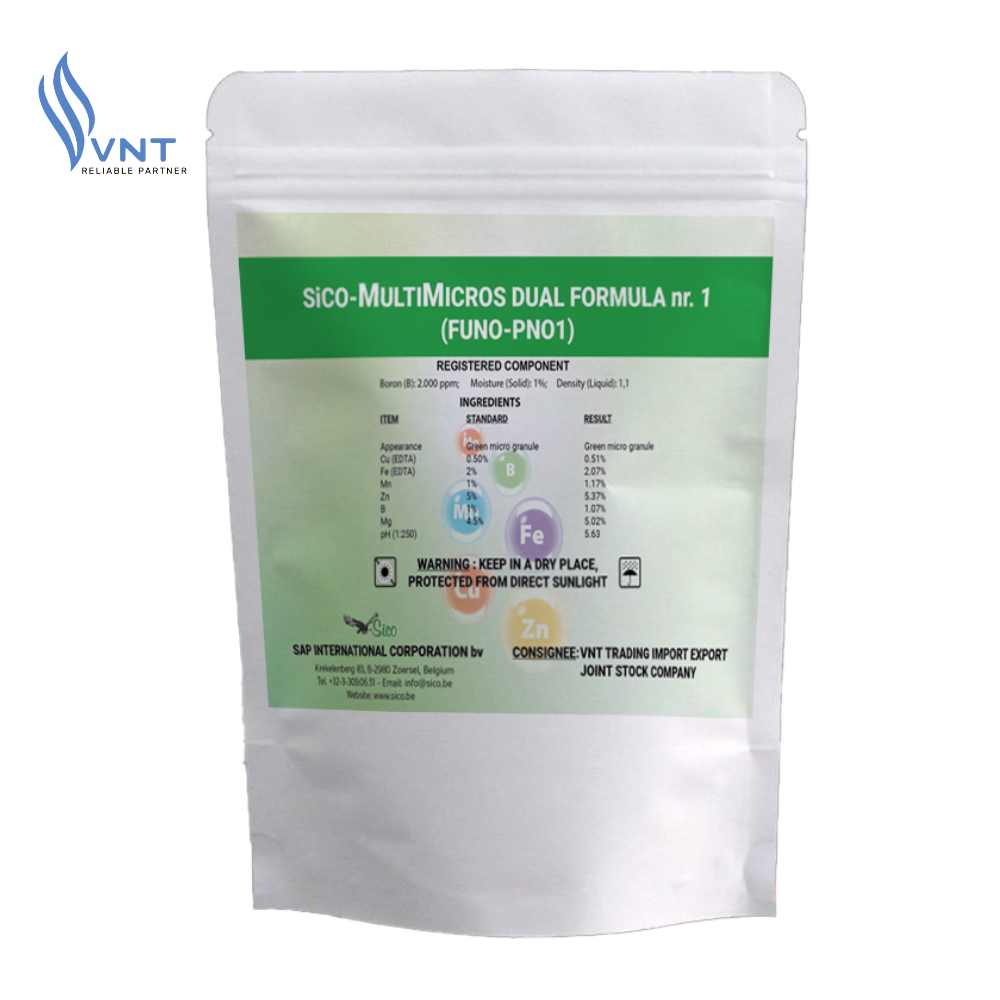
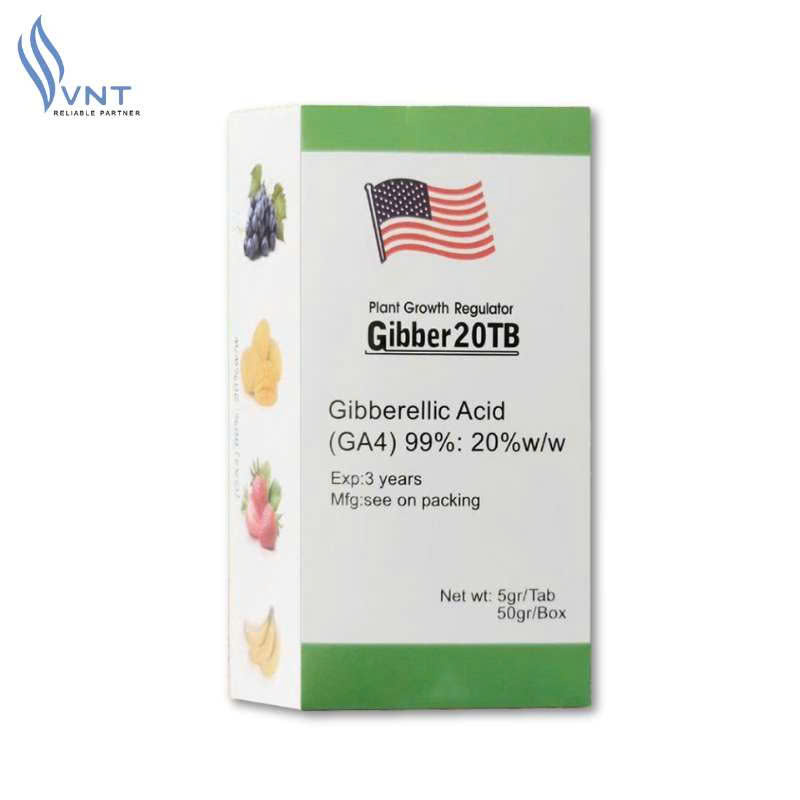
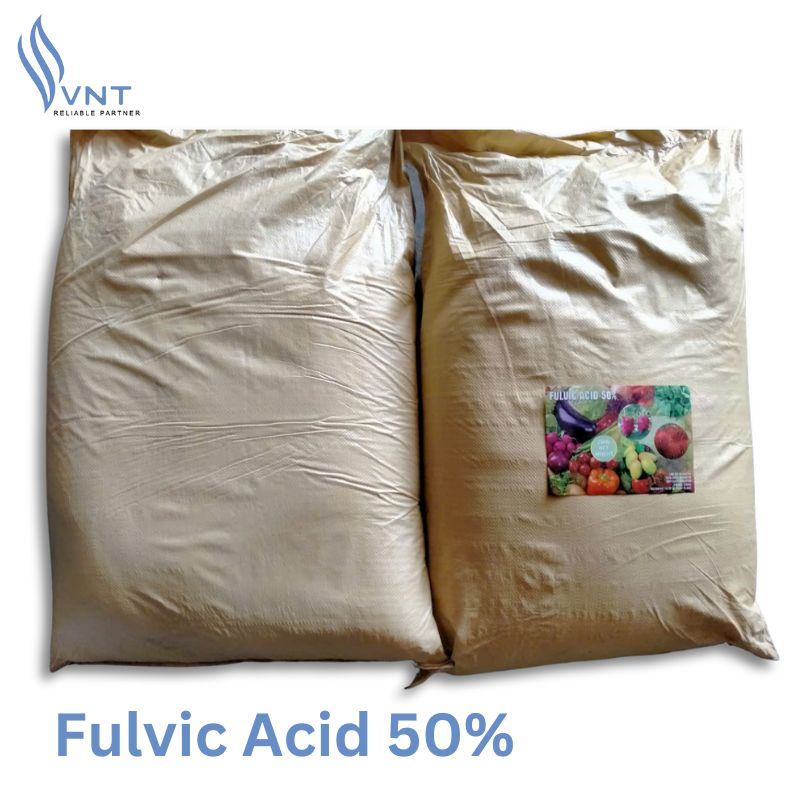

![[Q&A] How Long After Applying NPK Fertilizer Can You Eat Vegetables?](https://vntradimex.com/public/files/news/bon-phan-npk-cho-rau-bao-lau-thi-an-duoc-685e204cde416.jpg)
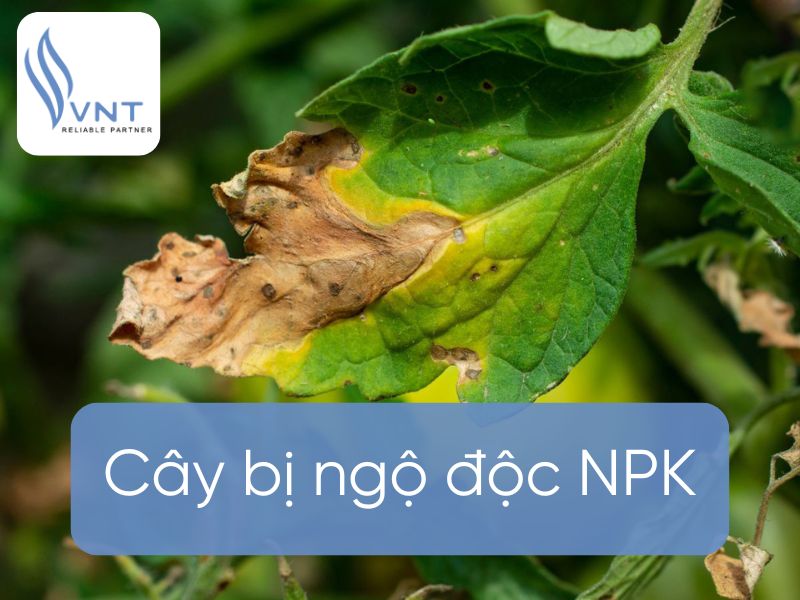
![[SHARE] How to use NPK fertilizer properly that everyone should know!](https://vntradimex.com/public/files/news/cach-dung-phan-bon-npk-dung-cach-682c46ab907d2.jpg)

